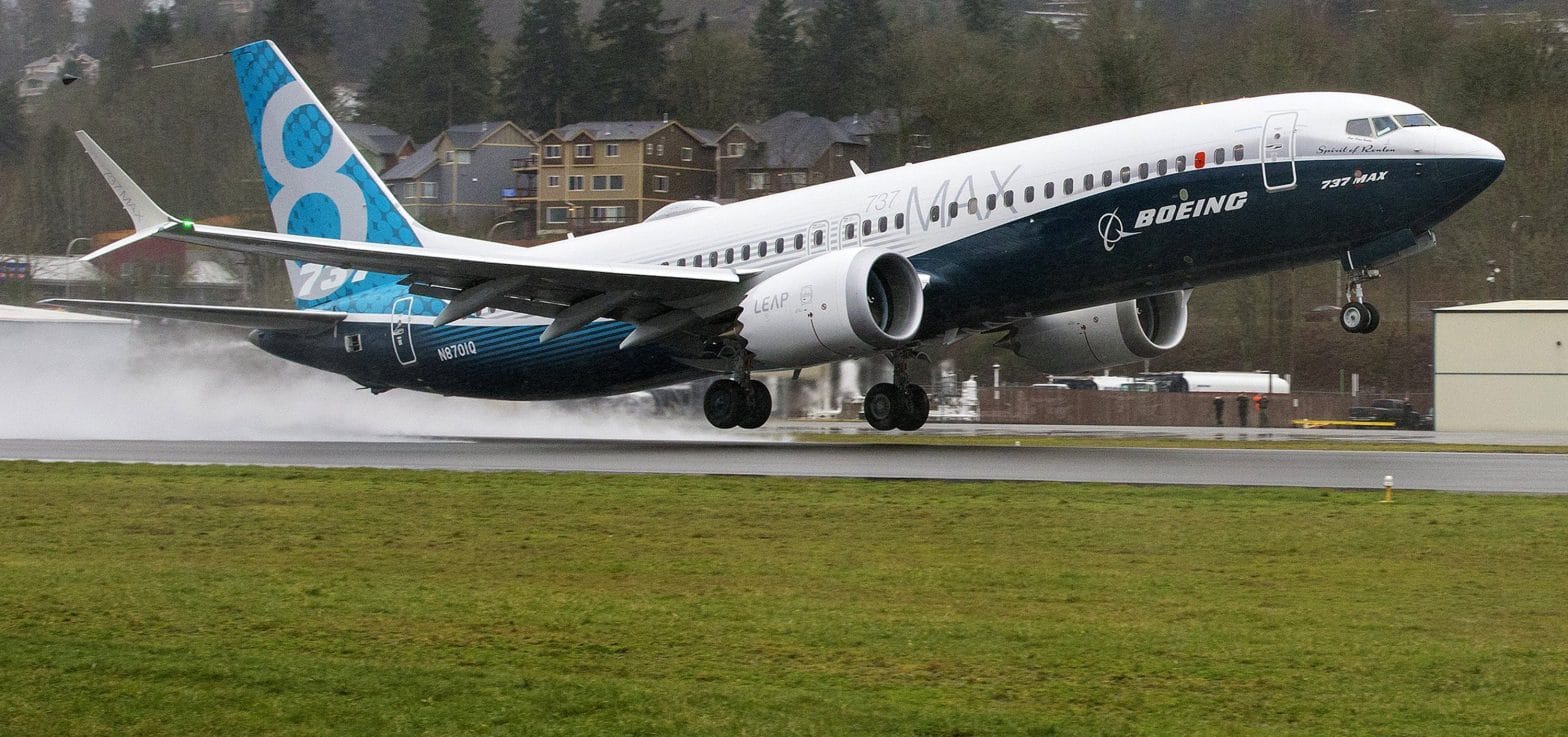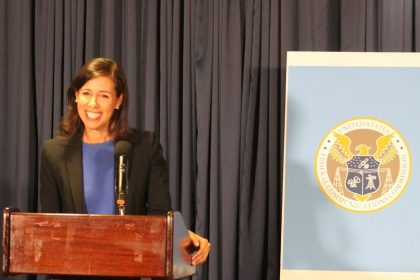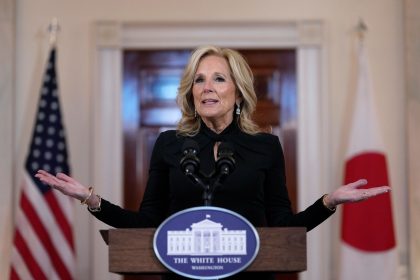FAA Administrator Grilled in Congress Over Aviation Safety Lapses

WASHINGTON — The Federal Aviation Administration’s new administrator pledged more aggressive safety oversight during a congressional hearing Tuesday to avoid disasters like the near-miss last month aboard an Alaska Airlines flight.
FAA Administrator Mike Whitaker said the watchdog agency is shifting to a strategy that anticipates hazards with risk modeling and puts safety inspectors in aircraft manufacturing plants.
“I agree the current system is not working because it’s not delivering safe aircraft,” Whitaker said.
Most of his concern was directed at the Jan. 5 blowout of a new Boeing 737 MAX 9 fuselage panel during an Alaska Airlines flight over Oregon.
Subsequent investigation showed four bolts were missing, raising questions about whether Boeing overlooked manufacturing problems and the FAA was lax in its safety oversight.
The panel blew out at 16,000 feet, causing the plane to make an emergency but safe landing. If the 737 had been flying at its cruising height around 30,000 feet minutes later, the investigation showed it would have caused a catastrophic depressurization, most likely killing everyone on board.
The FAA immediately ordered the grounding of 171 MAX 9 jets pending safety inspections. By this week, 94% of them had returned to service.
“Our findings during inspections of those aircraft showed that the quality system issues at Boeing were unacceptable and require further scrutiny,” Whitaker said.
Several lawmakers at the hearing of the House Transportation and Infrastructure Subcommittee on Aviation expressed concern Boeing’s safety problems will allow French competitor Airbus to overtake some of its market, perhaps hurting part of the U.S. economy dependent on the aviation industry.
Boeing’s 737 MAX planes are its most popular model with customers worldwide.
It’s the same aircraft model blamed for two crashes five years ago that killed everyone aboard. A navigational computer error was identified as the cause in both of them.
Whitaker said the FAA has traditionally relied on audits of manufacturers’ paperwork to ensure safety standards are met.
Now the agency is assigning more inspectors to oversee aircraft production. FAA inspectors will join Boeing and other manufacturers’ employees in doing final safety checks on aircraft.
Boeing has agreed to resume some of the quality inspections it ceased as more of its manufacturing was automated.
Whitaker said about the increased use of human inspections, “We are migrating to a system that I would call audit-plus.”
He also said the agency is developing new risk models to predict the most likely kinds of production errors and stop them before they become catastrophes.
Despite Whitaker’s promises of improved safety, lawmakers aimed tough criticisms at the FAA.
“Your organization reminds me of NASA just before the Challenger disaster,” said Rep. Mark DeSaulnier, D-Calif.
“I can’t help but think the FAA had a lot of trouble walking and chewing gum,” said Rep. Garret Graves, R-La., chairman of the Aviation Subcommittee.
He and other members of his subcommittee said the aviation safety concerns demonstrate the need to approve an FAA reauthorization bill.
The pending bill would allocate $104 billion to the FAA over five years, a 7.5% increase over its current authorization that expires next month. The bill would increase funding for new technologies, air traffic control and safety monitoring.
The House has approved its version of the bill. The Senate is set to vote on the reauthorization this week.
You can reach us at [email protected] and follow us on Facebook and X.

























